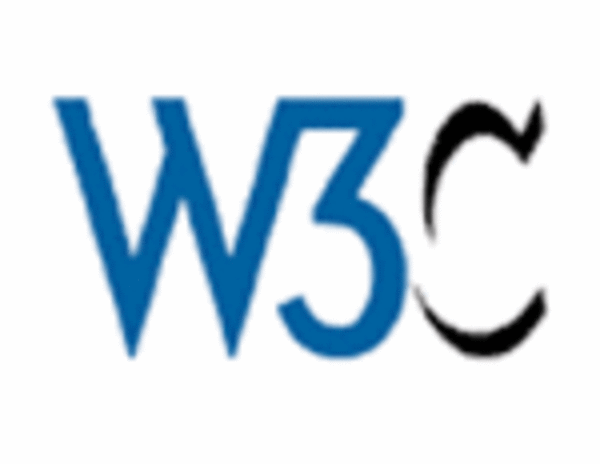
“Internet TV” no longer means simply bringing Internet content to the television screen. Internet TV is no longer encompassed by the idea that users want to check their email on the big screen in the living room. Instead, Internet TV has shifted from that of an Internet-enabled device to that of an integrated service, available on a number of devices.
The World Wide Web Consortium (W3C), the official standards organization of the Web, has issued a report on the transition of TV to a service, identifying several points that need to be addressed for Internet TV to become a widely available, open, cross-platform service.
In February, the organization held a Web and TV Workshop in which 77 organizations, “including broadcasters, telecom companies, cable operators, OTT (over the top) companies, content providers, device vendors, software vendors, Web application providers, researchers, governments, and standardization organizations active in the TV space,” discussed the future of television as a service.
The report identifies the W3C’s proposed Open Web Platform as one solution for application development, in that it “gives designers cross-platform interoperability.”
According to the report, the conversation arrived at a number of “convergence priorities.” Among these priorities are adaptive streaming, or keeping a steady stream of video despite changing bandwidth, home networking, the role of metadata and Semantic Web technology, and even the possible extension of HTML5 for television.
“In a world migrating from TV as a device to TV as a service available on any device,” said W3C’s François Daoust, co-chair of the Workshop, “the W3C is looking forward to developing ubiquitous Web technologies to enable scenarios that combine local (e.g., from home network devices) and global (e.g. social networks) sources to enhance the user experience on TV.”
Right now, devices and services often compete on content offerings rather than functionality. This will change with time, however. “As television evolves further into a service,” reads the press release, “people will expect the service to be available on a variety of devices, and to connect smoothly with other favorite services, including social networking and shopping. As the number and diversity of devices grows (across multiple industries), interoperability challenges will also grow.”
The report identifies the W3C’s proposed Open Web Platform as one solution for application development, in that it “gives designers cross-platform interoperability.”
The platform would offer standardized ways to handle issues that are currently proprietary and platform specific. Issues with Digital Rights Management (DRM), for example, prohibits Android users from getting Netflix – a benefit their iPhone-wielding brethren have enjoyed for nearly quite a while. Proposals for metadata and Semantic Web solutions, for example, could make interoperable solutions between different software solutions possible. Imagine if every audio program treated MP3s completely different – that’s where we currently are with Television content.
In all, that’s the current state of Internet TV. It’s fragmented, walled-in and proprietary. DRM technology works on one platform and not another, while one service identifies content in one way, while another identifies in a completely different and incompatible manner. Content streams more smoothly on one device than another and is available on one set-top box but not the other. The W3C’s proposal would work to centralize some of these issues and have services and devices compete directly on the quality of the service provided, the functionality and interaction, rather than the basic experience.










